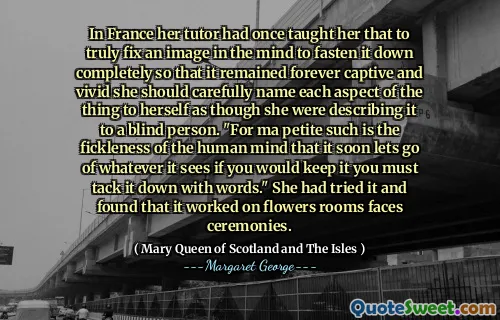In "Mary Queen of Scotland and The Isles," the author explores the tumultuous life of Mary Stuart, who became the Queen of Scotland and had strong ties to the throne of England. The narrative delves into her early years, marked by her upbringing in France and her return to Scotland, illustrating her challenges in a male-dominated society. The story highlights her struggles with power dynamics, political alliances, and her complex relationships, especially with her cousin Elizabeth I of England.
The book paints a vivid picture of the political landscape of the 16th century, emphasizing the religious conflicts and the ongoing power battles between Catholic and Protestant factions. Mary’s reign was filled with intrigue, betrayals, and personal losses, which contributed to her tragic fate. The author effectively captures the essence of the era, providing insights into the lives of prominent figures alongside Mary.
Ultimately, the story culminates in Mary’s downfall, emphasizing her resilience despite the overwhelming odds against her. Her legacy is marked by her tragic end and the dramatic events that led to her execution. The book serves not just as a historical account but also as a poignant exploration of a woman who fought for her place in a world dominated by men, leaving readers with a lasting impression of her enduring spirit and tragic story.
More »
Today Birthdays
1964 -
Douglas Wilson
1879 -
Will Rogers
1961 -
Kathy Griffin
1969 -
Matthew McConaughey
1916 -
Walter Cronkite
1946 -
Laura Bush
1908 -
Joseph Rotblat
1771 -
James Montgomery
1947 -
John Yarmuth
1916 -
Ruth Handler
1969 -
Sean Combs
1979 -
Trishelle Cannatella
1809 -
Benjamin Robbins Curtis
1873 -
George Edward Moore
1975 -
Curtis Stone
1965 -
Joanne Liu
1974 -
Louise Nurding
1952 -
Pope Theodoros II
